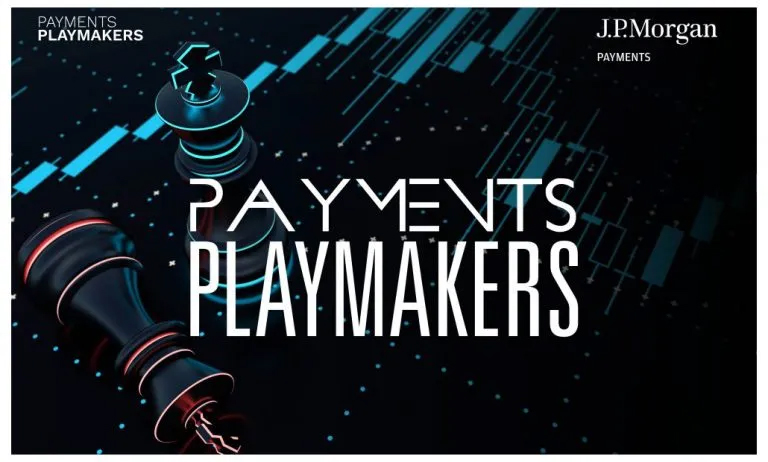Payments Choice Boosts Clinical Trial Participation and Drug Development Outcomes
Advancements in healthcare — and especially new drug and treatment protocols — hinge on clinical trials.
Sayantan Chakraborty, global co-head of treasury services payments at J.P. Morgan Payments, and Winny Li, group treasurer at pharma firm PPD, part of Thermo Fisher Scientific, told Karen Webster that the consumerization of healthcare is making inroads into research studies.
And it turns out that the streamlining of compensation — where patients can be paid thousands of dollars for time spent as part of the studies and for travel — can in fact improve the patient recruitment process.
At a high level, said Li and Chakraborty, payments are not solely a treasury topic anymore. They’re integral to workflows and a holistic experience among a broad range of stakeholders.
Universal Desire
As for the participants themselves, Li said, “they have different backgrounds and come from all walks of life.” They come from around the globe, and there’s at least one universality:
 They want a choice in how they receive their funds.
They want a choice in how they receive their funds.
That’s no easy feat, given the fact that there’s a myriad of currencies to consider, and payment modalities that may differ greatly, market by market. No two clinical trials are exactly the same and might include thousands of participants with different financial situations.
For the pharma firms, PPD among them, there’s only a limited amount of data that can be held, which in turn adds to the difficulty in managing expectations around getting payments disbursed.
“There’s no one-size-fits-all [solution],” Li said. The issue is a pressing one, given the fact that recruitment, per PPD, is the top challenge for drug developers, cited by more than half of firms.
Against that backdrop, PPD has been working with J.P. Morgan Payments to facilitate better payment experiences for trial participants. Chakraborty said that J.P. Morgan Payments already has cemented a place as one of the largest providers of payment services around the world, processing transactions in 120-plus currencies and 200-plus countries and territories (depending on debit account branch location).
He said that embedding payments into already-established workflows, and integrating with the broad range of providers to manage those flows, helps manage the phases of signing up participants, getting them onsite to trials, housing them, paying their expenses — and reimbursing them afterwards, too.
There’s also the ever-present battle against bad actors — as is the case with any transaction — to ensure that payments get to the right parties, with transparency.
Behind the scenes, complexity reigns, demanding collaboration between J.P. Morgan Payments and PPD as they co-create new payment flows in various markets. Cross-border payments in different currencies offer a baseline requirement.
Increasingly in the digital age, the onus is there to pay travel and lodging vendors digitally and in an automated fashion. Through the traditional model, Chakraborty said, payments may have been done by checks or prepaid cards — and perhaps wire transfers.
Now, with the great digital shift, he said, “We ask the person who’s receiving the funds, ‘How would you like to get paid?’” Some recipients want to receive funds directly into their bank accounts — or they want to be paid through instant disbursement.
“The basket of options has expanded,” Chakraborty said. The joint efforts between the two firms ensures that “the payments are integrated, and they are interactive.”
Li made the observation that a broad palette of payments choice has also broadened the actual population to be included in the clinical trials. The ability to pay recruits over mobile devices helps bring more individuals into consideration, she said.
See more in the Payments Playmakers series:
How Mondelez Uses Data to Turn Consumers Into Lifelong Customers
Adobe and J.P. Morgan Payments: Why Payments in 2023 Is More Like 3D Chess Than Checkers
J.P. Morgan Payments and Sephora Talk Tap-to-Pay and the Endless Aisles of Omnichannel Commerce

